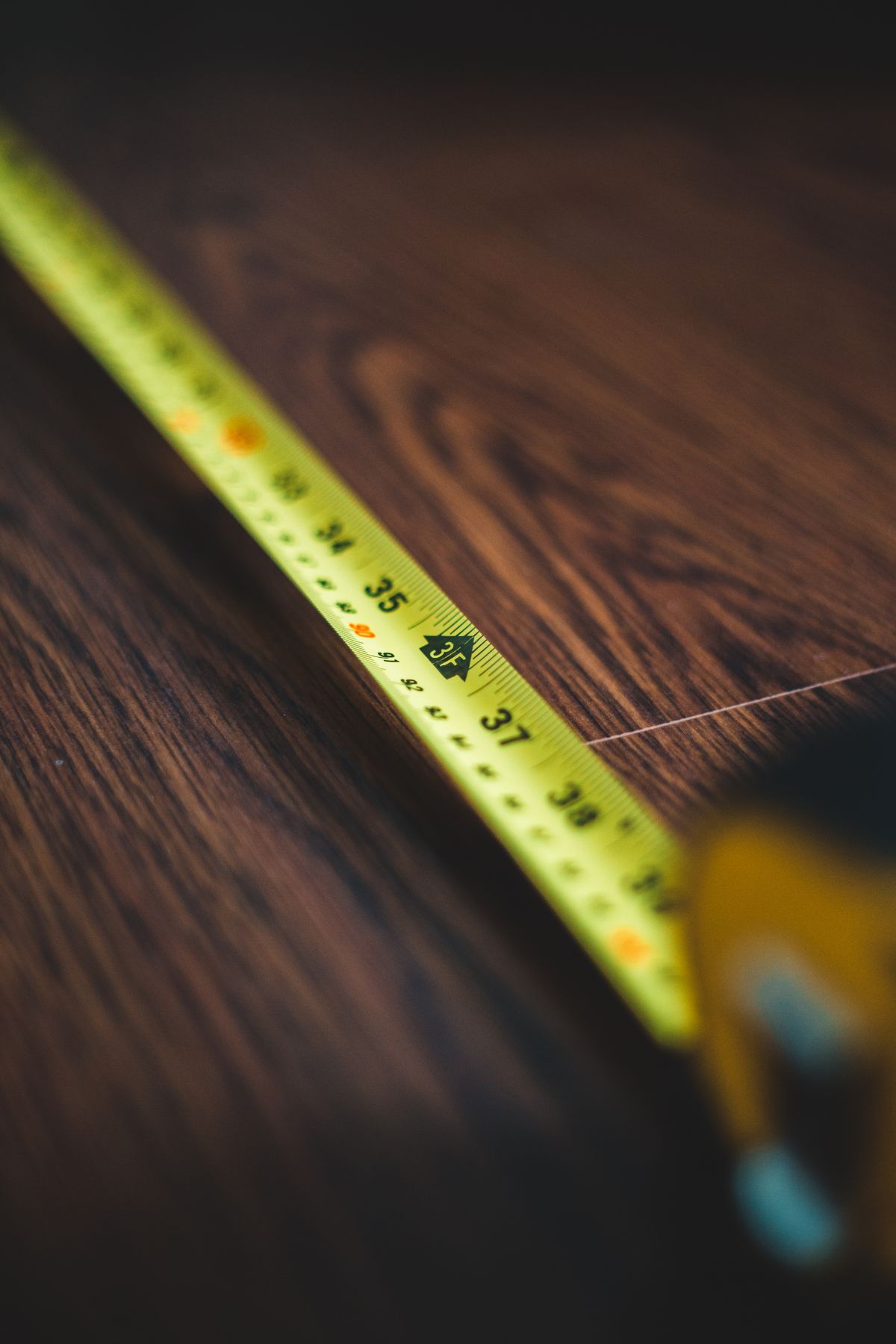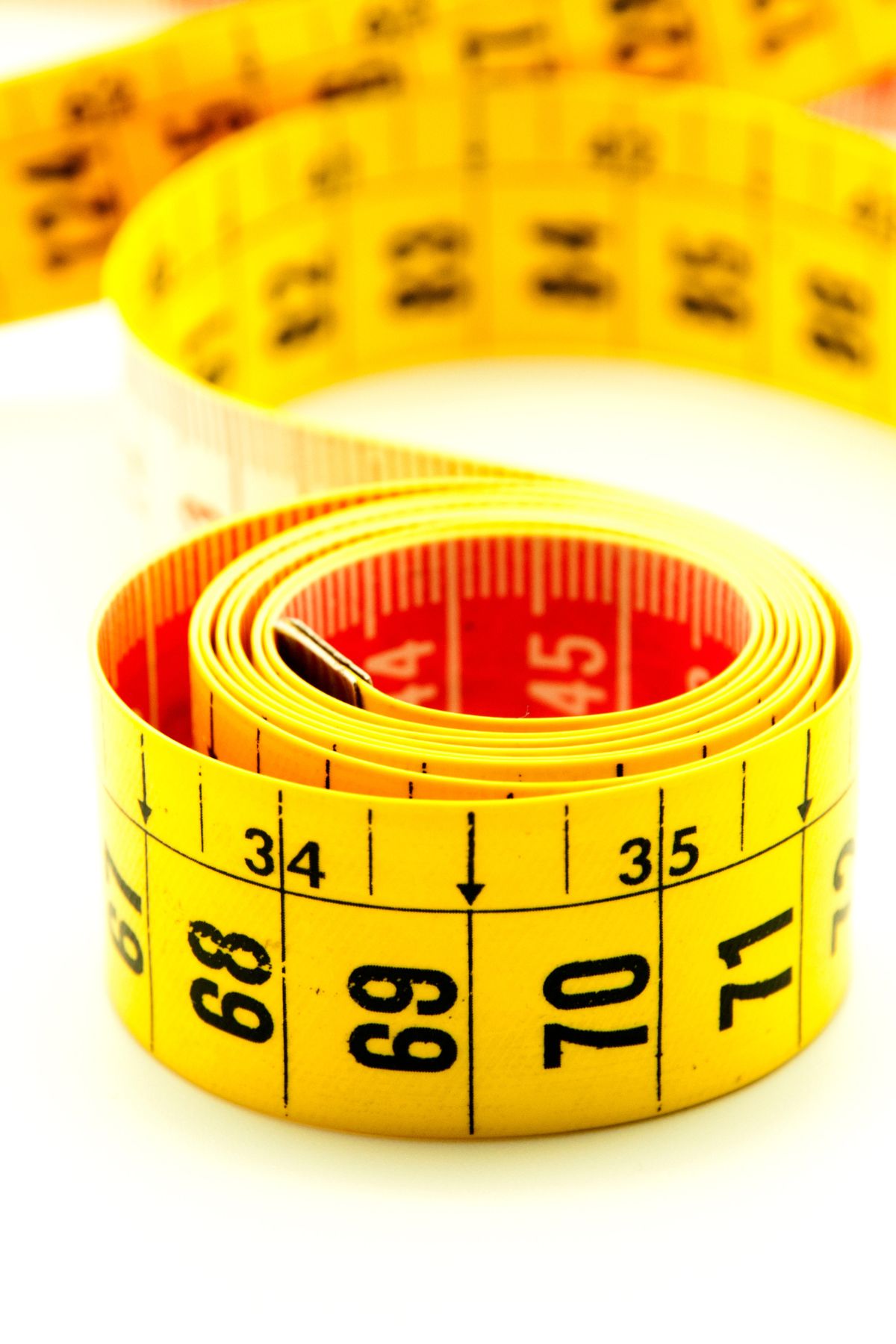Converting Square Feet to Linear Feet is a common calculation in construction, interior design, landscaping, and DIY projects.
Square Feet to Linear Feet Calculator
Whether you're laying flooring, installing trim, buying fabric, or cutting lumber, understanding how to switch between these two units ensures you purchase the right amount of material without waste or shortage. While square feet measure area, linear feet refer to length—knowing how to translate one into the other can simplify your project planning and budgeting.
Understanding the Units
Before diving into the conversion process, it's important to understand the difference between the two measurements involved in the Square Feet to Linear Feet calculation.
A square foot is a unit of area. It represents a space that is one foot long by one foot wide. For example, a room that is 10 feet by 10 feet has an area of 100 square feet.
A linear foot, on the other hand, is a unit of length. It simply measures distance in a straight line, regardless of width or height. If you lay out a board that is 10 feet long, it measures 10 linear feet.
When converting square feet to linear feet, you're essentially working backward—trying to figure out how many feet of length are needed when the width of the material is known. This distinction is essential for accurate planning.
When Do You Need to Convert Square Feet to Linear Feet?
The need to convert Square Feet to Linear Feet often arises when dealing with materials that are sold by length but used to cover a surface area. In these situations, knowing the material's width allows you to calculate how many linear feet you'll need to cover the required square footage.
Here are a few common scenarios:
- Flooring and Decking: If you're installing hardwood, vinyl planks, or deck boards, you'll need to determine how many feet of board are required based on the room’s square footage and the board width.
- Trim and Molding: Baseboards, crown molding, and other trim pieces are usually priced by the linear foot but used to frame square footage.
- Fabric and Upholstery: Textile rolls are typically a set width (e.g., 54 inches), and you’ll need to convert square footage into linear feet of fabric for upholstery or curtains.
- Landscaping Edging: Landscape borders and pavers may cover a defined area, but are sold or measured by the linear foot.
In all these examples, a Square Feet to Linear Feet conversion allows you to buy just the right amount of material—no more, no less.

Why This Conversion Matters
Whether you're estimating materials for home renovation or planning a commercial project, being able to convert Square Feet to Linear Feet can make a big difference in both budgeting and accuracy. Many materials—like flooring planks, trim, or fabric—are sold by the linear foot but are used to cover a certain area measured in square feet. If you overlook this, you risk buying too little and facing delays, or buying too much and wasting money.
By using a reliable method or calculator to convert Square Feet to Linear Feet, you can create more accurate shopping lists, reduce waste, and improve cost estimates. This is especially useful for contractors, DIYers, and interior designers who need quick, reliable numbers to keep their projects on track.
The Formula Explained
The core formula for converting Square Feet to Linear Feet is simple:
Linear Feet = Square Feet ÷ Width (in feet)
To apply this formula correctly, you must first ensure the width of the material is expressed in feet. If it's given in inches, just divide by 12 to convert it. This formula tells you how many feet of material (measured linearly) are needed to cover a given area.
Conversion Table (Quick Reference)
A simple chart showing common square footage values converted to linear feet at different widths. Great for quick glances and SEO.
| Square Feet | Width (inches) | Linear Feet |
|---|---|---|
| 100 | 6 | 200 |
| 100 | 12 | 100 |
| 100 | 24 | 50 |
🔍 Example:
If you have 120 square feet of floor space to cover with planks that are 6 inches wide:
- Convert width to feet: 6 inches ÷ 12 = 0.5 feet
- Apply the formula: 120 ÷ 0.5 = 240 linear feet
This means you'd need 240 linear feet of planks to cover 120 square feet of area with 6-inch-wide boards.
When using the Square Feet to Linear Feet formula, accuracy in width measurement is key—especially if you're buying expensive materials or planning a large project.
Example Calculations
Let’s walk through a few example scenarios to see how the Square Feet to Linear Feet formula works in real-life situations. These examples will help you get comfortable using the formula with different material widths.
Example 1: Flooring with 12-Inch Wide Planks
- Square Feet Needed: 150 sq ft
- Material Width: 12 inches (1 foot)
- Formula: 150 ÷ 1 = 150 linear feet
You’ll need 150 linear feet of planks that are 12 inches wide to cover 150 square feet.
Example 2: Siding with 8-Inch Wide Panels
- Square Feet Needed: 200 sq ft
- Material Width: 8 inches ÷ 12 = 0.67 feet
- Formula: 200 ÷ 0.67 ≈ 298.5 linear feet
So, you’ll need about 299 linear feet of siding.
Example 3: Landscape Fabric with 3-Foot Width
- Square Feet Needed: 600 sq ft
- Material Width: 3 feet
- Formula: 600 ÷ 3 = 200 linear feet
This means 200 linear feet of 3-foot-wide fabric will cover the area.
As you can see, the Square Feet to Linear Feet conversion is quick once you know the material width. You can also save time by using a dedicated calculator on your project page.
Square Feet to Linear Feet Calculator
To take the guesswork out of manual calculations, we've created a simple tool that instantly converts Square Feet to Linear Feet based on your material width. Just enter the total square footage you need to cover and the width of the material (in inches), and the calculator will give you the exact number of linear feet required.
This calculator is especially useful for:
- DIY home projects
- Flooring or trim estimates
- Landscape planning
- Fabric and upholstery measurements
Using a reliable Square Feet to Linear Feet calculator not only saves time but also helps you avoid overbuying or running short on materials—saving both money and effort.

Tips for Accurate Measurement
Getting precise results when converting Square Feet to Linear Feet starts with accurate measurements. A small mistake in material width or area can lead to costly miscalculations. Follow these tips to ensure your results are reliable:
✅ 1. Measure Width in Inches and Convert Carefully
Many materials are listed in inches (e.g., 6", 12", 36"). Always convert inches to feet before plugging them into the formula:
- Width in feet = Width in inches ÷ 12
✅ 2. Account for Waste and Overage
In most projects, it's smart to buy about 5–10% extra to allow for cutting, fitting, and waste. After using the Square Feet to Linear Feet formula, multiply the result by 1.05 or 1.10 for safety.
✅ 3. Use Consistent Units
Don’t mix feet and inches in the same calculation. Convert everything to feet to maintain consistency and avoid errors.
✅ 4. Measure Area Accurately
If your project area has irregular shapes, break it down into smaller rectangles or use a square footage calculator to get the total area.
By following these guidelines, your Square Feet to Linear Feet conversions will be more precise, helping you plan your project efficiently and confidently.
Conclusion
Understanding how to convert Square Feet to Linear Feet is a practical skill that simplifies material planning for a wide range of projects—from flooring and siding to fabric and landscaping. By knowing the area you need to cover and the width of the material, you can use a straightforward formula—or our free calculator—to determine exactly how much product to buy.
This not only saves time and money but also helps ensure a smoother, more efficient project. Whether you're a DIY enthusiast or a seasoned contractor, having a reliable method to convert Square Feet to Linear Feet puts you one step ahead in your planning process.
Frequently Asked Questions
Q1: What is the difference between square feet and linear feet?
Square feet measure area (length × width), while linear feet measure straight-line length. When converting Square Feet to Linear Feet, you're finding out how much linear material is needed to cover a given area.
Q2: Can I convert square feet to linear feet without knowing the width?
No. To convert Square Feet to Linear Feet, you must know the width of the material. The width is essential for calculating how much linear length is needed to cover the square footage.
Q3: What if my material width is in inches?
Simply divide the width in inches by 12 to convert it to feet before using the formula:
Width (ft) = Width (in) ÷ 12
Q4: Is this the same as converting to board feet?
Not exactly. Board feet is a volume measurement used mainly for lumber (thickness × width × length ÷ 12). Square Feet to Linear Feet is used for area-to-length conversions when width is known.
Q5: Can I use this calculator for round or irregular shapes?
Yes, but first calculate the total square footage of the irregular area. You can then use the Square Feet to Linear Feet calculator once you know the total area and the width of your material.
Q6: What if I’m using metric measurements?
The Square Feet to Linear Feet formula uses imperial units. If you're working in metric (e.g., square meters and centimeters), you'll need to first convert:
- 1 square meter = 10.7639 square feet
- 1 centimeter = 0.0328084 feet
After converting, you can use the same formula.
Q7: Can this method be used for carpet or tile?
Yes, but with caution. Carpet and tile often involve layout patterns and seams. While the Square Feet to Linear Feet conversion gives you an estimate for material length, you may need to factor in waste or cutting patterns specific to those materials.
Q8: How do I estimate extra material for waste?
A good rule of thumb is to add 5% to 10% extra to your calculated linear feet to account for cutting errors, odd corners, and trimming needs—especially in construction and flooring.
Q9: Does material thickness affect the calculation?
No. The Square Feet to Linear Feet formula is based only on area and width. Thickness is relevant when calculating volume (e.g., cubic feet or board feet), not length for area coverage.
Q10: Can I convert linear feet back into square feet?
Yes! Just reverse the formula:
Square Feet = Linear Feet × Width (in feet)
This is useful when you know the amount of material in linear feet and want to estimate the area it will cover.
